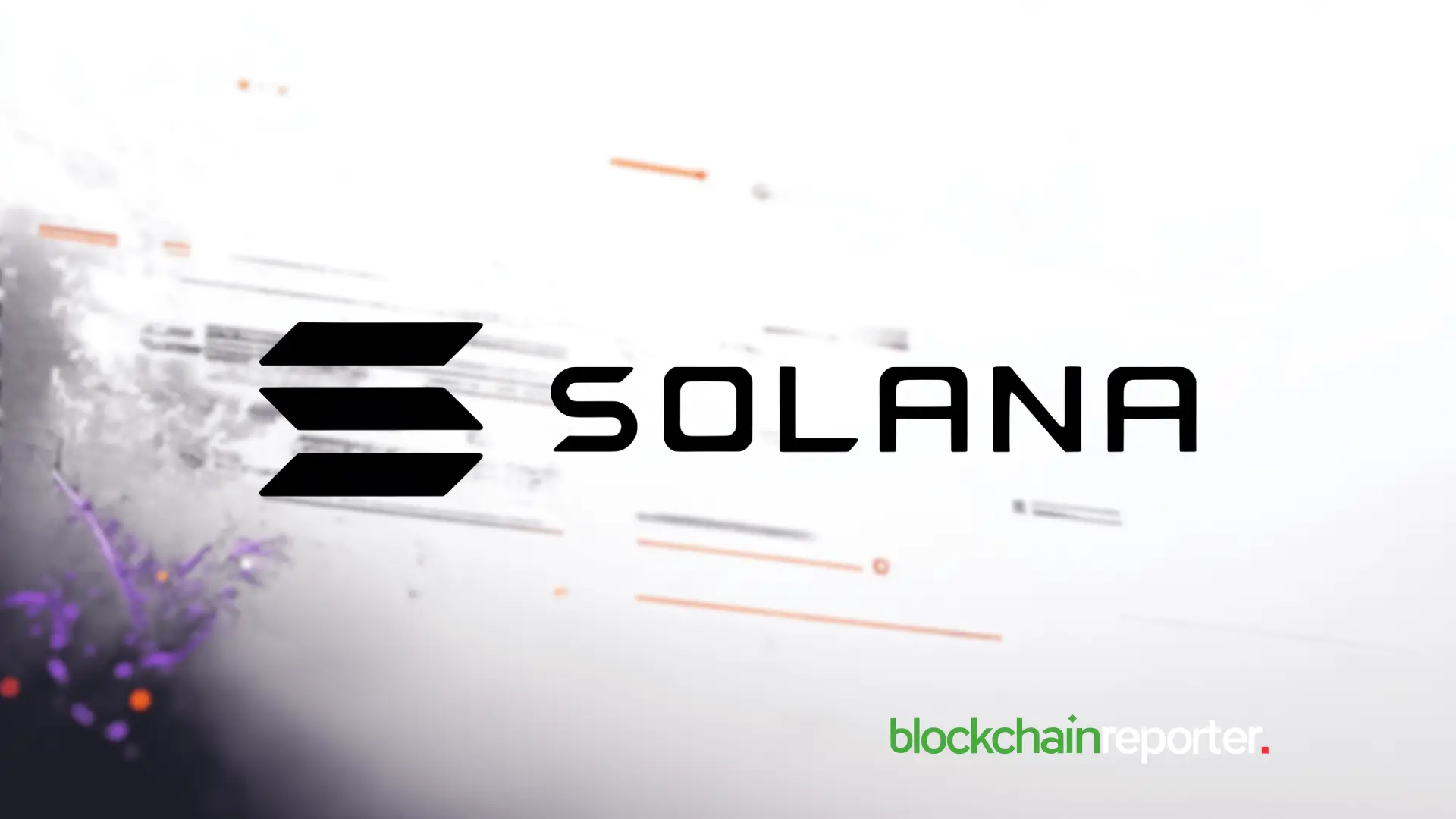Avail Integration Brings Cross-Chain Liquidity Access to TRON dApps
TLDR
- TRON processed $23.1B in daily USDT transactions during Q2 2025.
- Avail Nexus connects TRON with 10 other blockchains seamlessly.
- TRON hosts $77B in USDT and over 339M user accounts.
- The integration enables multichain dApps without using bridges.
TRON’s dominance in stablecoin usage is moving beyond its own chain. A new integration with modular infrastructure provider Avail now enables decentralized applications (dApps) on TRON to access liquidity and markets from 10 other blockchains. This shift aims to simplify multichain connectivity and remove the need for bridges or switching chains, making TRON’s network more interoperable across decentralized finance (DeFi).
Cross-Chain Access Without Bridges
Avail announced its integration with the TRON network through its interoperability layer, Avail Nexus. This connection allows TRON-based dApps to tap into external liquidity and user markets without using traditional blockchain bridges.
The integration removes the need for complex chain-switching or gas management workflows. Developers can now create apps that operate across multiple blockchains while remaining within the TRON ecosystem.
TRON has long served as a hub for stablecoin activity, particularly with USDT. In the second quarter of 2025, TRON processed over $23.1 billion in daily USDT transactions. It also saw a daily average of 2.5 million active wallets and 8.6 million transactions. This scale will now be available for composable use across other chains supported by Avail.
Anurag Arjun, co-founder of Avail, said, “TRON has achieved unmatched scale in stablecoin adoption, but that power has remained largely self-contained. Avail Nexus changes that by making TRON’s ecosystem truly permissionless and composable with global DeFi.”
TRON’s Liquidity Becomes Composable
With over $77 billion in circulating USDT and a total value locked (TVL) above $26 billion, TRON is a major player in digital asset transactions. This new connection will allow its liquidity to be used across chains instantly.
Through Avail Nexus, TRON’s dApps and DeFi platforms can access liquidity pools from other chains without having to rely on third-party bridges. This simplifies user experience while expanding the available market.
The collaboration creates bidirectional liquidity channels. TRON users can interact with dApps and assets across supported chains. At the same time, users on other networks can access TRON’s liquidity and stablecoin infrastructure.
Sam Elfarra, Community Spokesperson for the TRON DAO, commented, “This integration opens new frontiers for cross-chain collaboration. It enhances interoperability across ecosystems and sets the stage for a more connected, dynamic Web3 experience.”
Unified Markets for Developers and Users
The unified infrastructure allows developers to build applications that function across different blockchains while using TRON as a base layer. This is designed to improve accessibility for users and reduce fragmentation across ecosystems.
The integration aims to support use cases like cross-chain lending, trading, and yield farming. Developers on TRON will no longer need to manage individual bridge connections or handle multiple gas tokens to provide multichain services.
Users will also benefit from this simplified setup. They can interact with multichain DeFi platforms directly from TRON dApps. This opens new trading and liquidity strategies with less technical complexity.
A Step Toward a Multichain Ecosystem
Avail provides a modular infrastructure focused on scalability and cross-chain connectivity. The partnership with TRON brings together one of the most active blockchain networks with a growing cross-chain ecosystem.
The move positions TRON assets and applications to be multichain-ready by default. With no need to exit the network or rely on external tools, users can engage with broader DeFi ecosystems securely.
By linking TRON’s volume and user base with Avail’s network, both platforms aim to support a more seamless and interconnected blockchain environment. This could help drive future dApp development and new liquidity solutions.
The post Avail Integration Brings Cross-Chain Liquidity Access to TRON dApps appeared first on CoinCentral.
You May Also Like

Solana Price Prediction: Analysts See $250 Target But Rollblock Draws Attention For Bigger 30x Return

Crypto execs met with US lawmakers to discuss Bitcoin reserve, market structure bills
Lawmakers in the US House of Representatives and Senate met with cryptocurrency industry leaders in three separate roundtable events this week. Members of the US Congress met with key figures in the cryptocurrency industry to discuss issues and potential laws related to the establishment of a strategic Bitcoin reserve and a market structure.On Tuesday, a group of lawmakers that included Alaska Representative Nick Begich and Ohio Senator Bernie Moreno met with Strategy co-founder Michael Saylor and others in a roundtable event regarding the BITCOIN Act, a bill to establish a strategic Bitcoin (BTC) reserve. The discussion was hosted by the advocacy organization Digital Chamber and its affiliates, the Digital Power Network and Bitcoin Treasury Council.“Legislators and the executives at yesterday’s roundtable agree, there is a need [for] a Strategic Bitcoin Reserve law to ensure its longevity for America’s financial future,” Hailey Miller, director of government affairs and public policy at Digital Power Network, told Cointelegraph. “Most attendees are looking for next steps, which may mean including the SBR within the broader policy frameworks already advancing.“Read more
